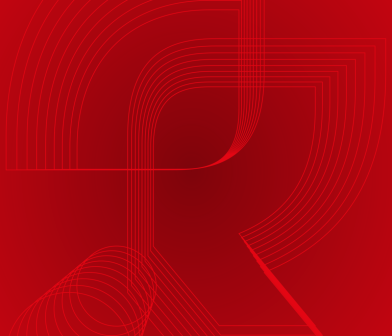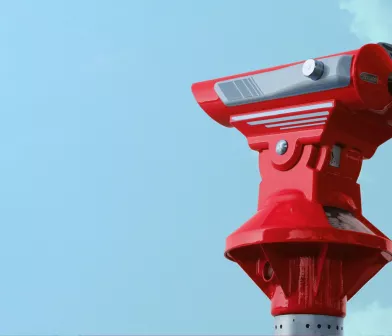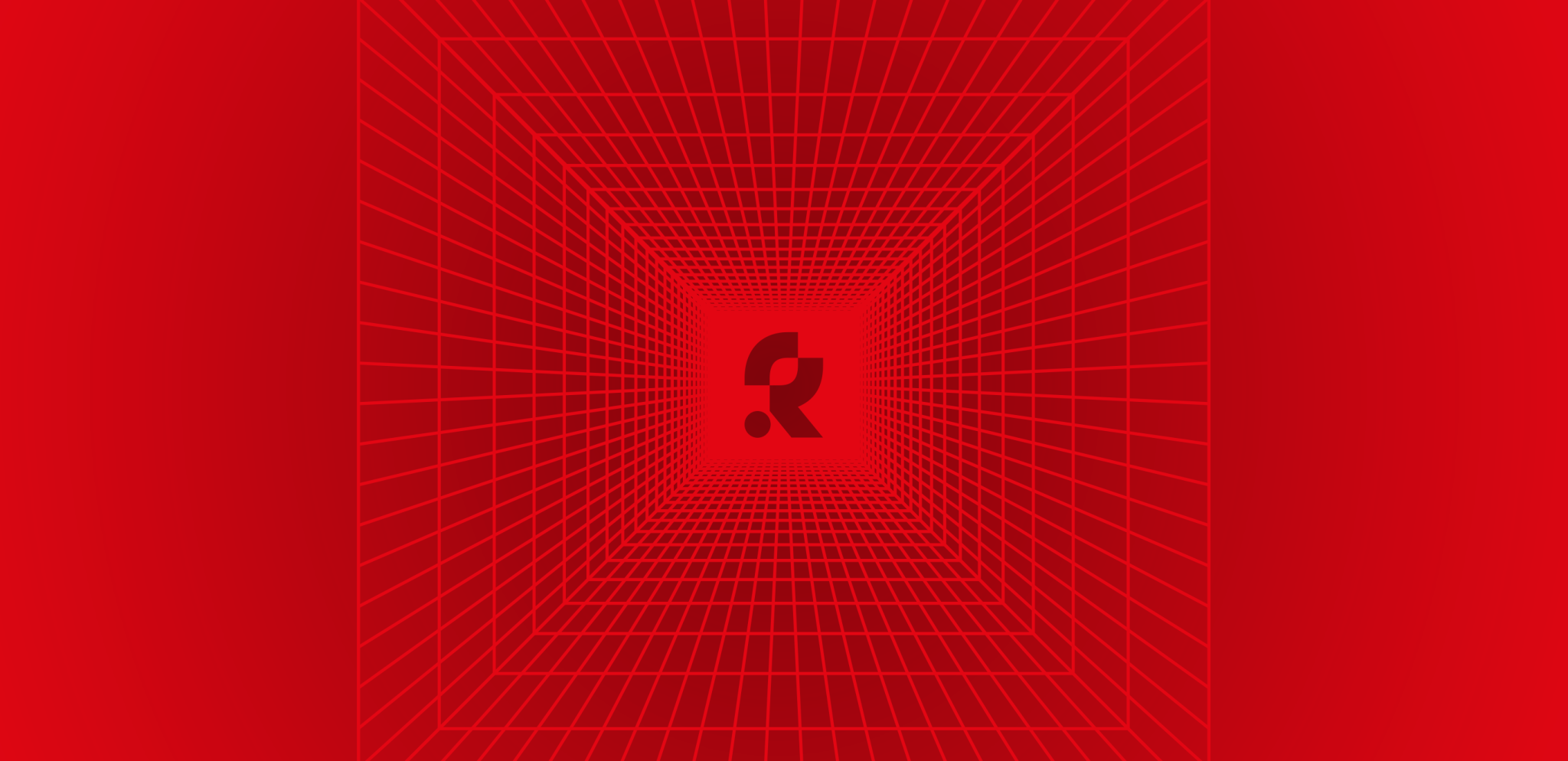
Creative Automation
A revolutionary force in the world of design production.
A shift in design
With media moving in real-time, it's crucial to keep up by producing more content that meets consumer expectations. In addition to conceiving new ideas for campaigns, you must execute the production process and deliver on time. This constitutes a labor-intensive process. Furthermore, scaling content can be expensive with slow and cumbersome creative processes and inconsistent designs. Creative variety is essential in marketing, but how do you scale production to meet demand? As we enter a new era, we are witnessing a shift in design that emphasizes both speed and precision, while maintaining creative freedom. Creative automation is the revolutionary force
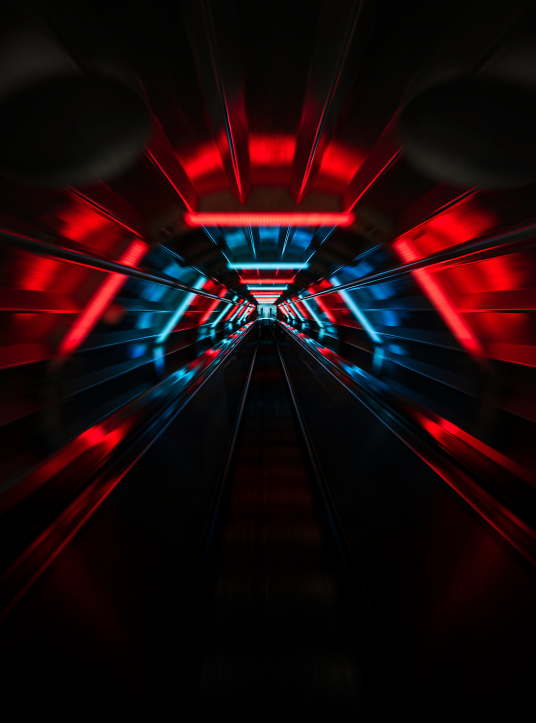
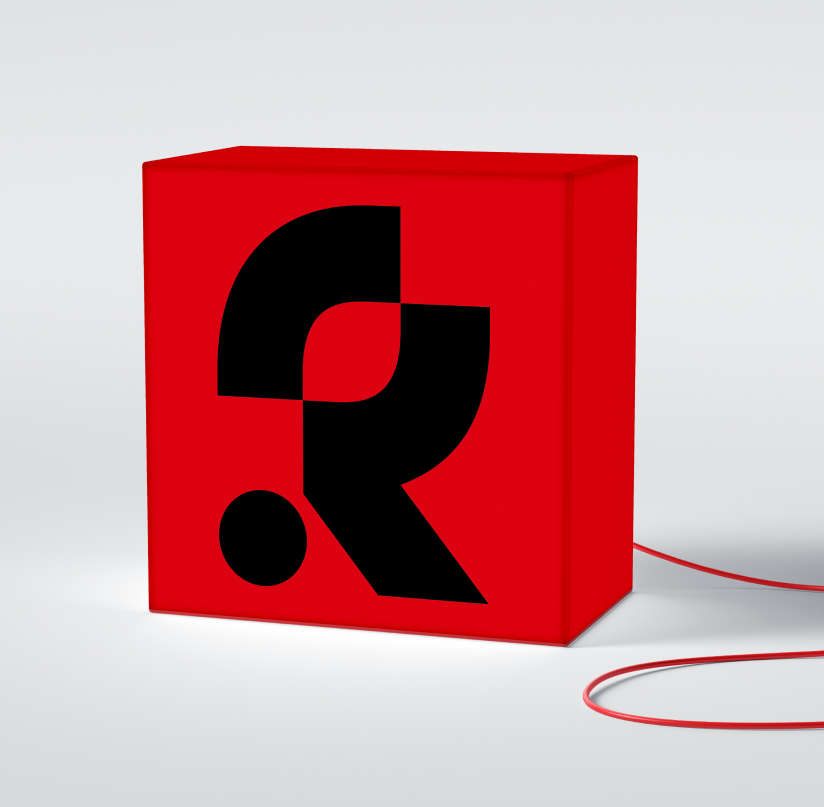
Streamlined design processes
The rise of creative automation is transforming the world of design production. The application of automated tools and technologies ensures that repetitive tasks in the design process are streamlined. This enables creative professionals to increase their productivity and focus on strategic thinking and concept development. Examples of creative automation in design production include the use of automated templates, automated layout adjustments, AI image generation, and generative design.

A powerful companion
In this rapidly evolving digital world, creative automation is no longer seen as a replacement for human creativity, but rather as a powerful companion. Automating repetitive tasks not only provides the opportunity to enhance efficiency and productivity but also enables creative professionals to focus on the strategic and innovative aspects of their work.
AI-image generation
AI-image generation falls under the broader concept of creative automation. Using AI, systems can learn from existing images and then generate new, unique images based on learned patterns. AI algorithms can transfer the style of one image to another, resulting in new creations with a unique visual aesthetic.
Functional challenges in AI-image generation
AI-image generation also has its shortcomings. There are still concerns about the privacy, security, and legality of AI technology. In addition, there are functional challenges. The quality varies, somewhat limiting applicability. Distorted figures and mismatched backgrounds are some of the challenges that still need to be overcome.

